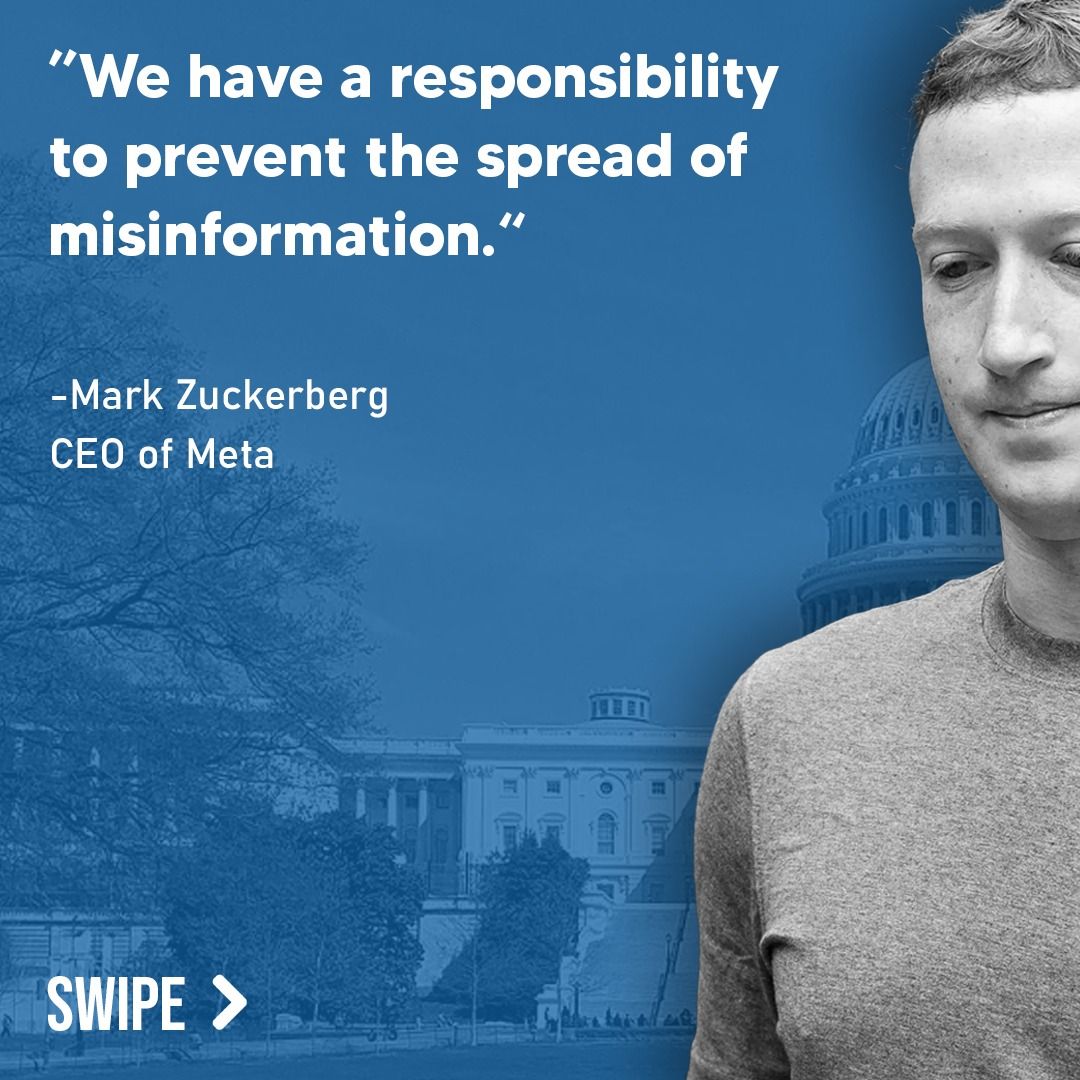
Why This Article Was Flagged
This article drew attention after reporting that President Trump imposed a 10% tariff on UK imports, despite considerable diplomatic outreach by Prime Minister Keir Starmer, including a royal invitation. Readers were particularly curious whether the UK might sidestep a broader trade conflict through continued negotiation.
Historical Context
Transatlantic trade relations have long been influenced by shifting political winds. After Brexit, the UK has pursued independent trade agreements, hoping for preferential treatment from allies like the United States. During Donald Trump’s presidency between 2017 and 2021 — and now again in 2025 — his administration has argued for tariffs under the banner of defending American manufacturing. President Trump’s approach often centers on unilateral tariffs meant to bring countries back to the negotiation table.

Fact-Checking Key Claims
Claim #1: President Trump imposed a 10% “universal base rate” tariff on UK imports.
This claim is accurate. On March 30, 2025, the U.S. Trade Representative confirmed that the new trade policy introduces a “universal base rate” of 10% on all imports not covered by special trade agreements. This tariff applies to the UK, now outside the EU’s customs union. Official U.S. government documents support this policy change, and the USTR’s press release makes specific mention of “uniform enforcement” for non-exempt nations including Britain.
Source: Office of the U.S. Trade Representative
Claim #2: Starmer’s charm offensive, including a royal invitation, failed to avert tariffs—but helped the UK receive a lower rate than the EU.
The article states that while the UK couldn’t dodge the “blanket” tariff, it received a lesser rate than the EU’s 20%. This is verifiable. The USTR’s tariff table shows the EU facing 20% tariffs under Section 301 adjustments due to ongoing disagreements over digital services taxes. The UK, having diverged from some EU digital tax proposals post-Brexit, was not lumped into that higher tier. While not a direct result of Starmer’s diplomacy, the softer classification was influenced by separate economic policy trajectories. Attributing the tariff discount strictly to a royal invite or charm seems speculative without solid diplomatic backchannel records.
Source: Reuters

Claim #3: The United States runs a trade surplus with the United Kingdom.
This claim is accurate. According to current U.S. Census Bureau trade data, the United States historically operates a trade surplus with the UK. For example, in 2023, the U.S. exported approximately $76 billion in goods and services to the UK while importing around $63 billion—a net surplus of $13 billion. The article uses this to suggest that economically, the justification for tariffs on the UK is weak because the U.S. isn’t suffering a trade deficit. However, the tariffs appear more oriented toward political leverage than rectifying trade imbalances.
Source: U.S. Census Bureau

Claim #4: The UK is unlikely to retaliate with tariffs while talks continue.
As of April 3, 2025, this is accurate. Downing Street publicly stated it would not impose retaliatory tariffs during ongoing trade negotiations. This aligns with official statements from Prime Minister Starmer’s office and comments made to stakeholders at a UK business forum on the same date. The strategic posture appears aimed at avoiding escalation, in stark contrast with countries like Canada that implemented reciprocal tariffs. Whether that policy changes in the future is open to development, but for now, the UK is holding back.
Source: UK Government
Final Verdict
The article offers an overall accurate representation of current UK-U.S. trade tensions, but some interpretations—such as the significance of charm diplomacy—lean toward speculation. The factual claims about tariffs, trade surpluses, and Britain’s response strategies are corroborated by primary sources including official trade offices and international statistics. While the article does a solid job informing readers, it could have offered greater nuance on why exactly Britain received the 10% rate compared to the EU’s 20%, rather than implying it was purely about diplomacy.

Take Action to Stay Informed
Want to verify headlines like this in seconds? Download the DBUNK app today or follow us on social media, where we fight misinformation with facts you can trust. Your truth matters. So does your time.
Visit the Source
Read the original article here: New York Times Original Article

